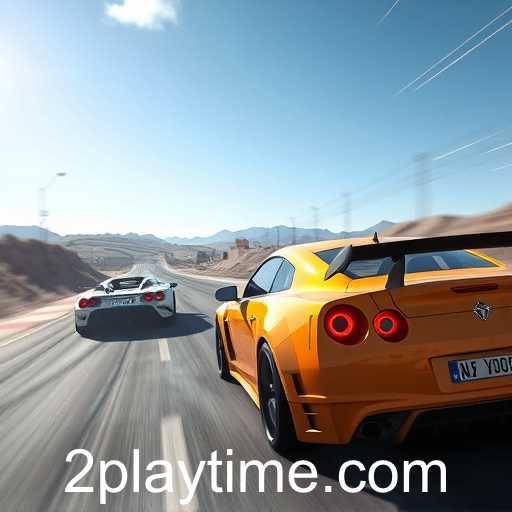Racing games have long been a staple in the gaming industry, enticing players with the promise of speed, competition, and the thrill of the race. From arcade classics to hyper-realistic simulators, the genre has evolved over the decades, yet the core excitement remains unchanged. Whether you are a casual gamer or a hardcore racing enthusiast, the allure of racing games lies in their ability to simulate the adrenaline-pumping experience of being on a racetrack. What is it about these games that captivate millions, and how does 'play time' factor into this equation?
The keyword 'play time' in the realm of racing games signifies more than just the hours spent in front of a screen. It embodies the dedication players invest as they master new tracks, upgrade their vehicles, and fine-tune their racing strategies. For many, each moment in play is an opportunity to escape reality and become immersed in a world where speed reigns supreme and skill is rewarded.
At the heart of this enchantment is the sense of accomplishment achieved through practice and perseverance. Players often find themselves chasing the next personal best, whether it's shaving milliseconds off a lap time or unlocking the next tier in a racing league. This pursuit of progress is what makes play time in racing games both engaging and highly addictive.
Moreover, racing games have become more than just solitary experiences. The rise of online multiplayer modes and global leaderboards has turned them into social platforms where enthusiasts can test their prowess against others from around the world. This has not only increased the longevity of play time but also fostered vibrant communities where players share tips, organize tournaments, and form friendships.
Technological advancements have also played a crucial role in enhancing the racing game experience. From improved graphics and realistic car physics to virtual reality integrations, these games have become more immersive, blurring the line between virtual and real-world racing. Each technological leap offers players deeper engagement, further extending play time as they explore new dimensions of the genre.
In conclusion, racing games remain a pulsating part of the gaming landscape, driven by their ability to offer immersive, competitive, and socially connected experiences. As technology continues to evolve, one can only imagine how play time in these virtual races will continue to thrill and captivate the hearts of gamers worldwide.








